Table of Contents
- 1 Key Takeaways of Wilderness Navigation Tips
- 2 Utilize a Compass
- 3 Study Topographic Maps
- 4 Learn to Use GPS
- 5 Understand Natural Markers
- 6 Practice Dead Reckoning
- 7 Carry Emergency Signaling Devices
- 8 Master Sun and Stars Navigation
- 9 Use Landmarks for Orientation
- 10 Employ Terrain Association
- 11 Develop Route Planning Skills
- 12 Wilderness Navigation Tips Summary
- 13 Wilderness Navigation Tips FAQs
- 13.1 How can I improve my wilderness navigation skills efficiently?
- 13.2 What are some essential devices to carry for emergency signaling during wilderness navigation?
- 13.3 Why is it important to master sun and stars navigation for wilderness exploration?
- 13.4 How can landmarks help in improving orientation during wilderness navigation?
- 13.5 What is the significance of developing route planning skills for successful wilderness navigation?
Views: 0
Lost in the sea of wilderness navigation tips? Fear not! At Bobbie’s Bunker we’ve got you covered with essential tips to navigate the great outdoors like a pro, whether you’re in the woods, on a trail, or embarking on a bushcraft adventure. From reading a map to using a compass, mastering these skills is key to staying safe and finding your way back home on outdoor adventures. But wait, there’s more! Discover techniques on how to identify natural landmarks, plan your route effectively, and even use the sun for guidance on outdoor adventures. Ready to boost your wilderness navigation game? Scroll down for reviews of our top picks.
- Utilize a Compass
- Always carry a compass and learn how to use it properly for accurate navigation in the wilderness.
- Study Topographic Maps
- Familiarize yourself with topographic maps to understand the terrain and plan your route effectively.
- Learn to Use GPS
- Utilize GPS devices as a modern navigation tool but also have the skills and techniques to navigate without relying solely on technology.
- Understand Natural Markers
- Pay attention to natural markers like rock formations, tree patterns, or water sources to aid in navigation.
- Practice Dead Reckoning
- Hone your dead reckoning skills by estimating your current position based on previous known positions and direction of travel.
- Carry Emergency Signaling Devices
- Always carry emergency signaling devices such as whistles, mirrors, or personal locator beacons for safety.
Utilize a Compass
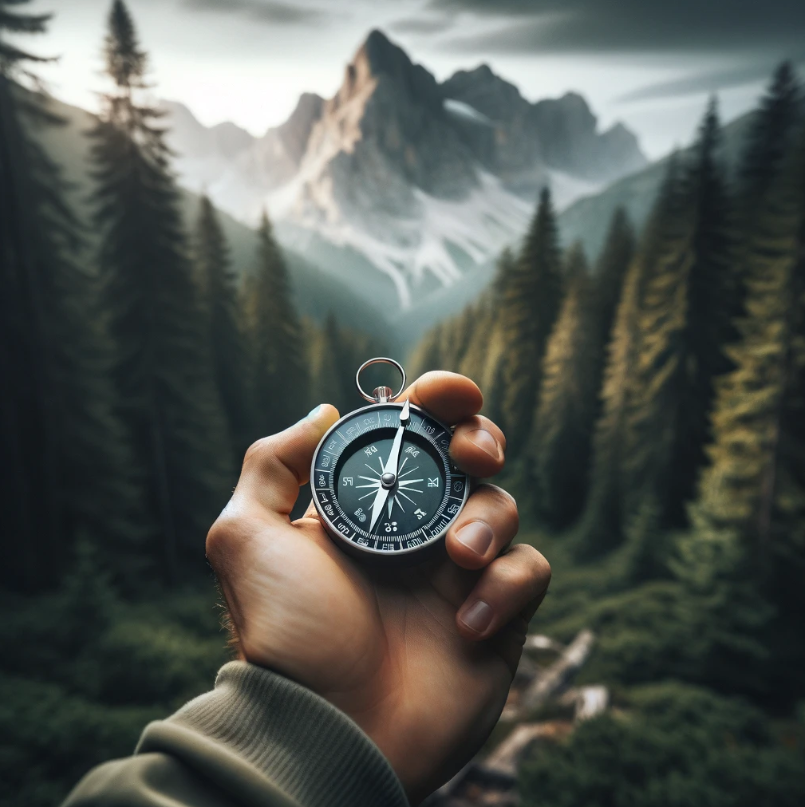
When navigating in the wilderness, magnetic declination plays a crucial role in ensuring you head in the right direction. By adjusting for magnetic declination on your compass, you can accurately determine true north and avoid getting lost.
Understanding how to take bearings is essential for navigation. By aligning your compass needle with the desired angle, you can establish a clear path to follow. This skill is invaluable when trekking through unfamiliar terrain.
Different types of compasses offer various features to aid in navigation, and survival. From sighting mirrors for precise readings to adjustable bezels for setting bearings, choosing the right compass can significantly enhance your navigation capabilities in a survival scenario.
In the Southern Hemisphere, navigating using a compass requires special attention due to the unique magnetic conditions. Being aware of these differences and adjusting your techniques accordingly is vital for successful wilderness exploration.
In challenging situations where visibility is limited or landmarks are scarce, a compass becomes an indispensable tool. By combining compass readings with map skills, you can pinpoint your location accurately and navigate towards your intended destination.
Mastering the art of utilizing a compass not only enhances your outdoor experience but also ensures your safety by guiding you back to familiar territory in case of emergencies.
Study Topographic Maps
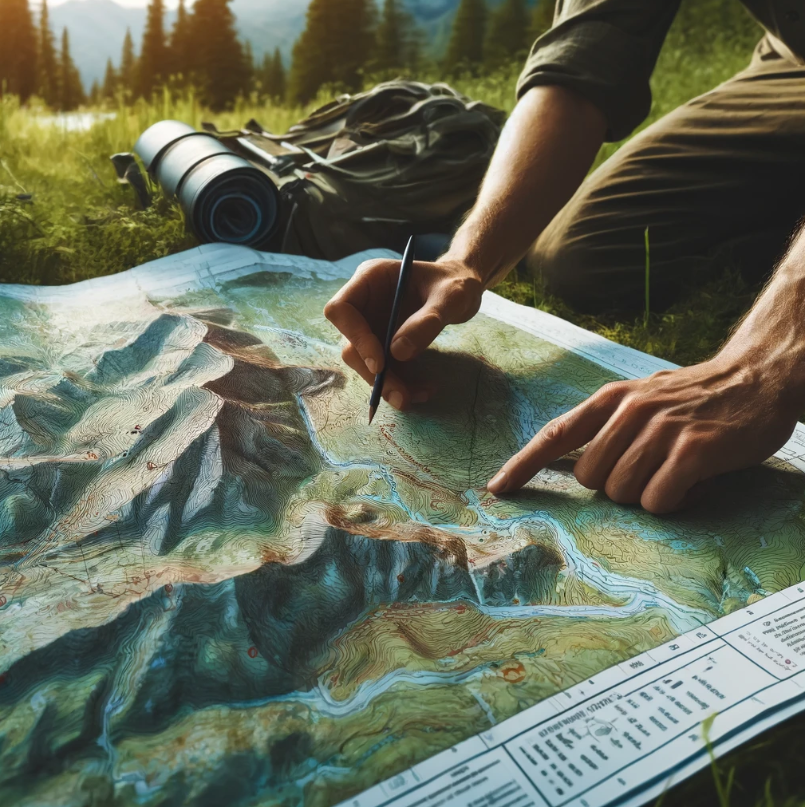
Studying topographic maps is crucial for wilderness navigation. Understanding contour lines helps in assessing elevation changes accurately. By identifying key map symbols like water sources, trails, and terrain features, hikers can navigate more effectively. Using a ruler to measure distances on a topographic map ensures precise planning and route selection.
Topographic maps provide detailed information about the terrain, enabling hikers to anticipate challenges and plan routes accordingly. Different types of topographic maps cater to varying scales and levels of detail, aiding in navigation across diverse landscapes.
During search and rescue operations, search teams rely heavily on topographic maps to coordinate efforts and locate missing individuals efficiently. The ability to interpret these maps can be lifesaving in emergency situations.
Learn to Use GPS
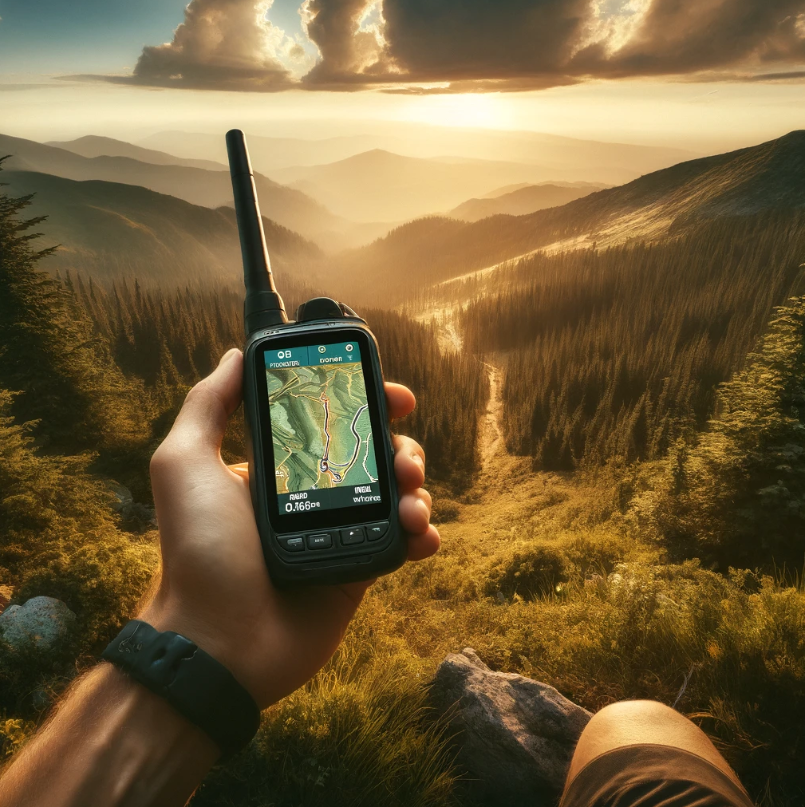
Mastering the use of a GPS device is crucial for enhancing your wilderness navigation techniques. By inputting waypoints accurately, you can efficiently navigate during your outdoor journey. Understanding the limitations of GPS signals is essential, especially in dense forests or deep canyons. These environments can interfere with signal strength and affect the accuracy of your location.
Regularly calibrating your GPS device before embarking on an adventure is key to ensuring precise readings throughout your trip. This practice helps maintain the device’s accuracy and reliability in various terrains.
By familiarizing yourself with the features of your GPS device, you can make the most out of its capabilities. Learning how to set up routes, track progress, and interpret data will significantly enhance your wilderness experience.
In challenging situations where visibility is limited or when facing unexpected obstacles, a GPS device can be a lifesaver. It provides real-time information that guides you back on track, ensuring a safer and more enjoyable outdoor journey. Using, but not relying solely on GPS can make your navigation experience much more enjoyable.
Understand Natural Markers
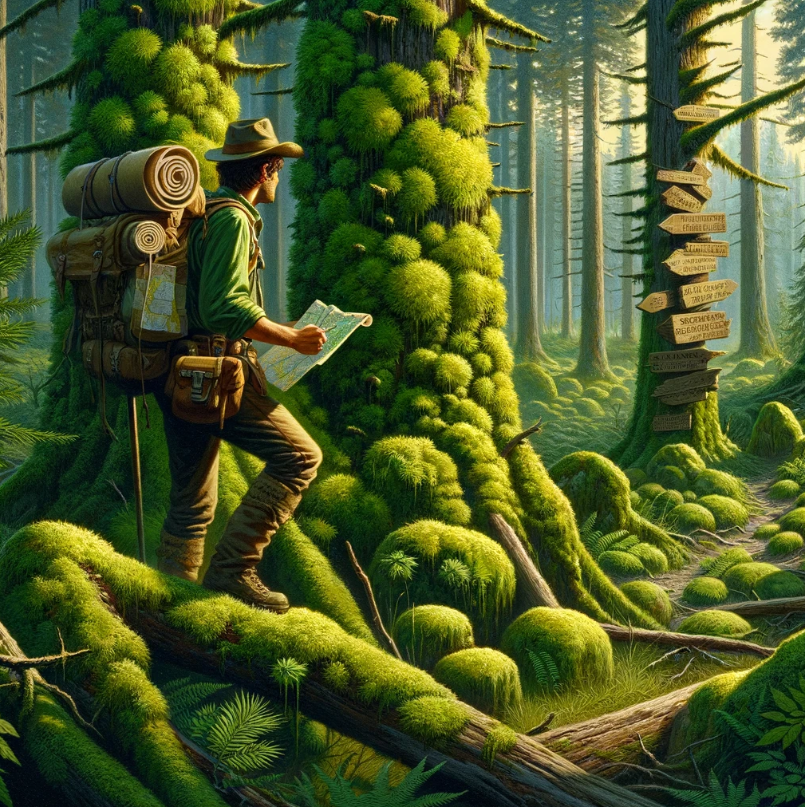
Recognize distinctive trees and rock formations as natural markers for navigation. These unique features can serve as reliable points of reference in the wilderness. Utilize wind direction and cloud patterns to determine your heading. Observing these natural indicators can help you stay oriented and navigate effectively in outdoor environments.
Learn to interpret animal trails and behavior to identify potential routes. Animals often follow the path of least resistance, which can lead to water sources or clear passages through dense vegetation.
Understanding these natural markers, symbols, animals, and wildlife can significantly enhance your wilderness navigation skills. By paying attention to these cues, you can navigate with more confidence and efficiency in unfamiliar terrain.
Practice Dead Reckoning
Develop your dead reckoning skills to enhance wilderness navigation. Estimate the distance and direction traveled accurately by using this technique.
- Utilize a pace count method to measure the distance covered on foot precisely during your journey.
- Combine dead reckoning with natural signs in the environment for more accurate navigation results.
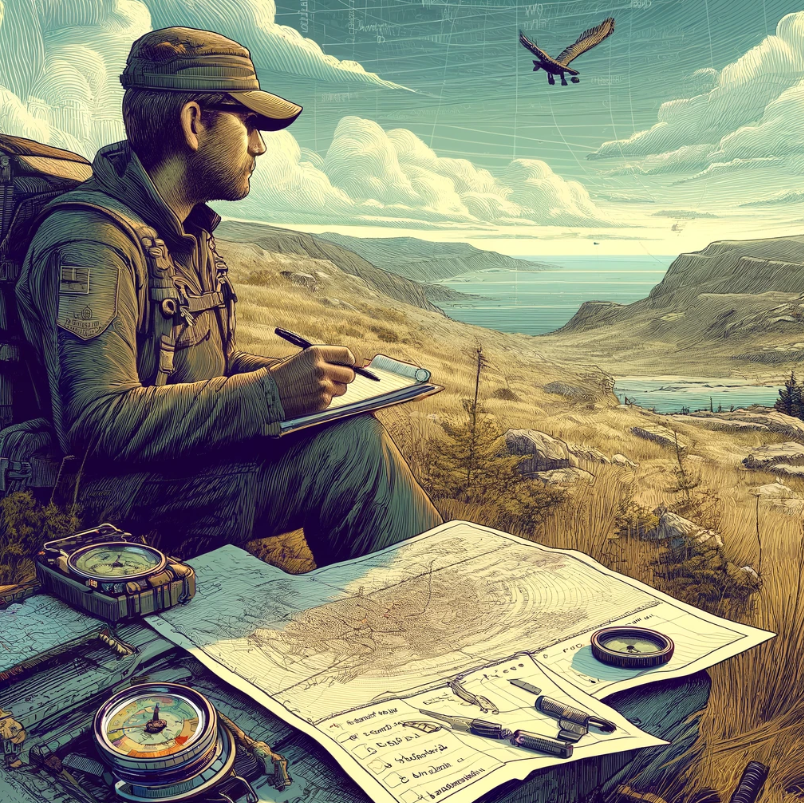
By mastering dead reckoning, you can confidently navigate through the wilderness, even without relying on modern technology. This skill is essential for outdoor enthusiasts, hikers, and survivalists.
Enhance your ability to find your way in the wild by practicing dead reckoning regularly. It not only improves your navigation skills but also boosts your confidence in exploring unfamiliar terrains.
Remember, practice makes perfect when it comes to mastering dead reckoning. The more you hone this skill, the more proficient you will become at navigating through diverse landscapes with ease.
Carry Emergency Signaling Devices
When venturing into the wilderness, emergency signaling devices are crucial for ensuring safety in case of unforeseen circumstances. Pack essentials like whistles, signal mirrors, or personal locator beacons to alert others in medical emergencies or survival situations. These devices can be lifesaving tools when communication is limited.
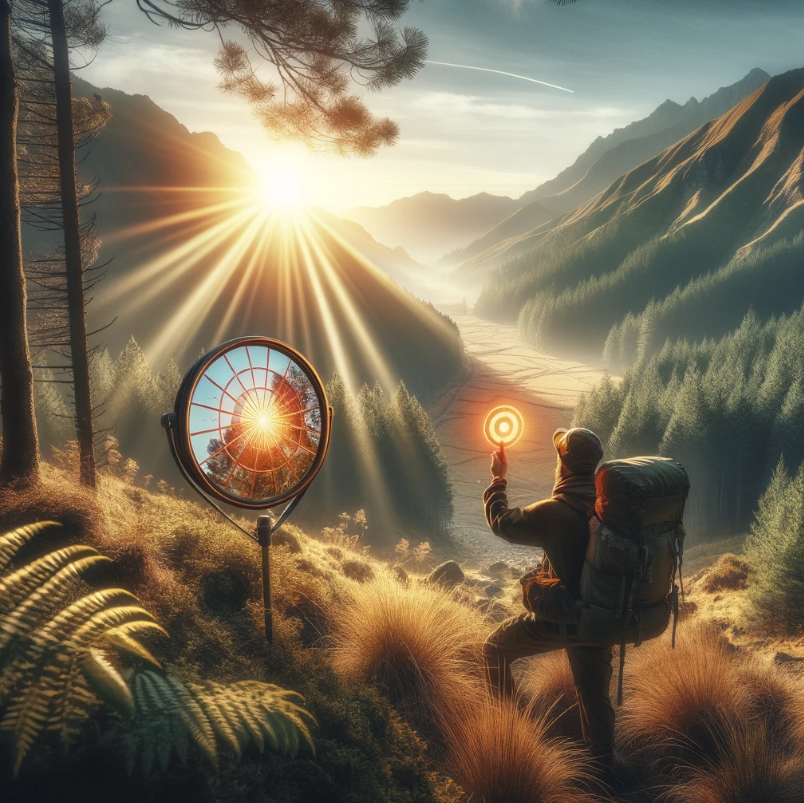
To maximize their effectiveness, store these devices where they are easily reachable in your backpack or pockets. In times of need, quick access to these tools can make a significant difference in getting aid, especially during critical moments. Familiarizing yourself with international distress signals is vital for efficient communication during emergencies.
Knowing how to use these signals can help rescuers locate you faster and provide the necessary protection and supplies. Being prepared and knowledgeable about distress signals can be a game-changer in dire situations.
Whether it’s a lost hiker seeking help or a camper facing unexpected challenges, having reliable emergency signaling devices is non-negotiable. Prioritizing the inclusion of these items in your survival kit can significantly enhance your chances of being found and receiving the needed assistance promptly.

Mastering sun and stars navigation techniques is crucial for wilderness survival, providing reliable guidance when other methods fail. By understanding how to utilize the sun’s position during the day, you can easily determine the cardinal directions. Recognizing basic star patterns, such as the North Star, is essential for nighttime orientation in the absence of visible landmarks.
- Sun Navigation: Utilize the sun’s movement across the sky to identify east and west. In the Northern Hemisphere, when facing the sun, south is to your right, and north is to your left. The opposite applies in the Southern Hemisphere.
- Star Navigation: Locate the North Star (Polaris) for a fixed point of reference in the night sky. It lies in line with Earth’s axis and remains relatively stationary, aiding in determining true north.
- Shadow Tracking: During daylight hours, observe how shadows change direction. In the morning, a shadow points west; at noon, it faces north; in the afternoon, it extends towards the east. This method helps estimate both time and direction accurately.
Use Landmarks for Orientation

Identify prominent landmarks like mountains or lakes to orient yourself in the wilderness. Memorize these key features along your route to track progress effectively. Utilize distant landmarks that are visible from multiple angles for triangulation during navigation. This method enhances your accuracy and reduces the chances of getting lost.
By incorporating landmarks into your navigation strategy, you can create a mental map of the area and establish a reliable reference point system. This approach not only aids in staying on course but also adds a layer of safety by providing recognizable points for reassurance.
In challenging terrains where GPS signals may be unreliable, relying on physical landmarks becomes crucial. They serve as constant indicators of your position and direction, offering a sense of security in unfamiliar surroundings.
Remember that nature’s features can change over time, so it’s essential to update your knowledge of these landmarks periodically. Stay observant and adaptable to ensure successful wilderness navigation using landmarks as your guiding stars.
Employ Terrain Association
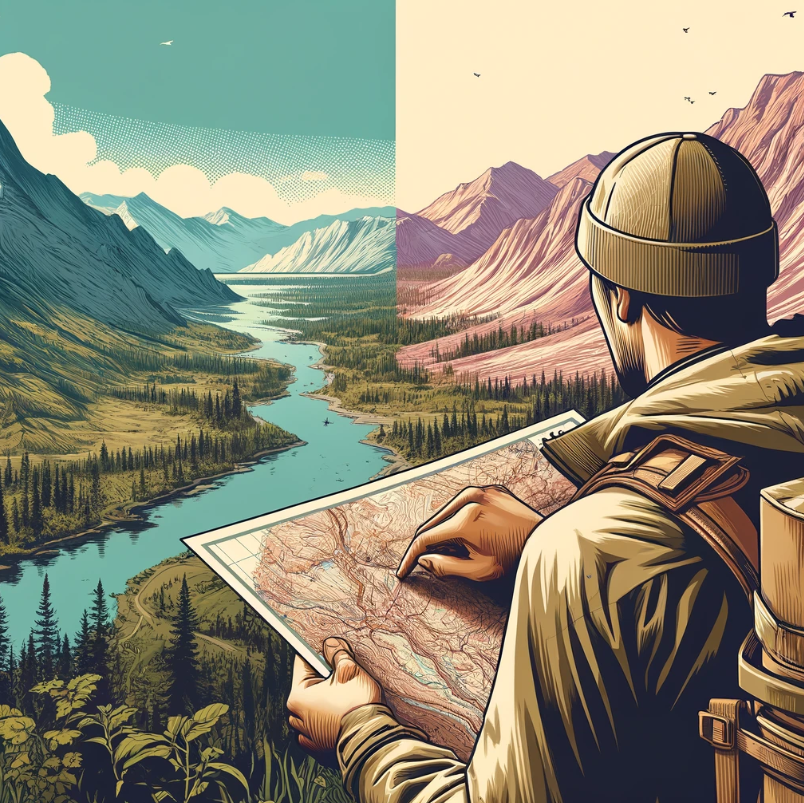
Employing terrain association is a crucial skill in wilderness navigation. It involves analyzing various terrain features such as ridgelines, valleys, and slopes to plan your route effectively.
By correlating map details with the actual landscape, you can navigate through challenging terrains with more precision. Understanding the characteristics of the land you are traversing allows you to make informed decisions on the best routes to take.
For example, identifying a prominent ridge-line on your map can help you stay oriented and prevent getting lost in vast wilderness areas.
Teams venturing into unfamiliar territories benefit greatly from utilizing terrain association techniques. By collectively assessing the terrain, teams can strategize their movements and overcome obstacles more efficiently.
Navigating through diverse landscapes requires adaptability. Adjusting your navigation strategy based on the challenges posed by the terrain can significantly impact your journey’s success. Whether it’s choosing a less steep slope for easier travel or avoiding dense vegetation by following a valley, terrain association empowers you to make informed choices.
Develop Route Planning Skills
Enhancing your navigation skills is crucial for successful wilderness exploration. By honing your ability to plan routes effectively, you can navigate challenging terrains with confidence and precision. Here are key strategies to elevate your route planning prowess:
- Plan Alternative Routes: Always have backup options and exit strategies in place to tackle unexpected obstacles or changes in the environment. This foresight ensures adaptability and safety during your journey.
- Consider Water Sources and Camping Spots: When mapping out your route, prioritize locations near reliable water sources and suitable camping spots. This proactive approach guarantees access to essential resources for sustenance and rest.
- Factor in Weather Conditions and Daylight Hours: Incorporate weather forecasts and daylight hours into your route planning process. Being aware of potential weather challenges and optimizing daylight usage enables you to make informed decisions for a safe and efficient expedition.
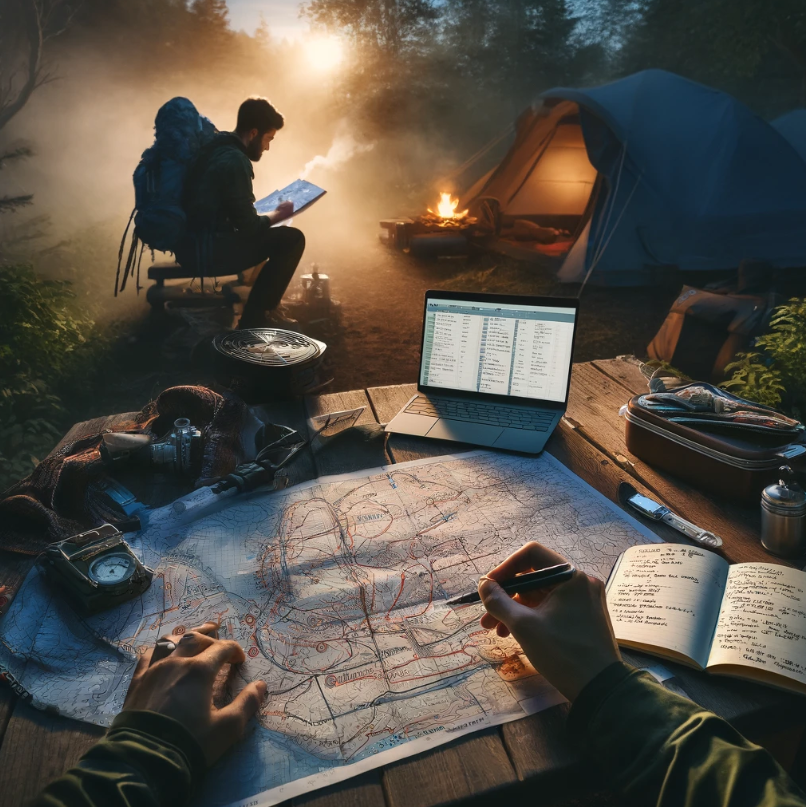
Developing strong navigation skills not only enhances your ability to navigate trails but also fosters situational awareness and mental resilience in demanding situations. By mastering the art of route planning, you empower yourself to make informed decisions, adapt to diverse environments, and overcome obstacles with confidence.
You’ve now armed yourselves with essential wilderness navigation tips. By mastering compass use, studying maps, and understanding natural markers, you’re equipped to navigate confidently. Practice dead reckoning, carry signaling devices, and hone your celestial navigation skills for added safety. Utilize landmarks, terrain association, and route planning to enhance your navigation prowess further. Remember, emergency preparedness is key to staying safe in the wilderness – so keep practicing and refining these skills to ensure you can always find your way back home. You can also look into our urban navigation tips to further your navigation skills.

To enhance your wilderness navigation skills effectively, focus on utilizing a compass, studying topographic maps, learning to use GPS, understanding natural markers, and practicing dead reckoning. These techniques will provide you with essential tools for successful navigation in the wilderness.
Carry emergency signaling devices such as a whistle, signal mirror, flashlight, or personal locator beacon (PLB) to ensure you can alert others in case of an emergency. These devices can significantly increase your chances of being located quickly and receiving assistance when needed.
Mastering sun and stars navigation is crucial for wilderness exploration as it allows you to determine direction and time accurately even without modern navigation tools like a compass or GPS. This skill provides a reliable method for orienting yourself and navigating through unfamiliar terrain.
Landmarks play a vital role in improving orientation during wilderness navigation by serving as reference points that help you track your location and progress. By identifying and using prominent landmarks along your route, you can maintain a sense of direction and avoid getting lost in the wilderness.
Developing route planning skills is essential for successful wilderness navigation as it enables you to pre-determine your path, anticipate challenges, and identify key waypoints along the way. Effective route planning helps optimize your journey, conserve resources, and enhance safety during outdoor adventures.



